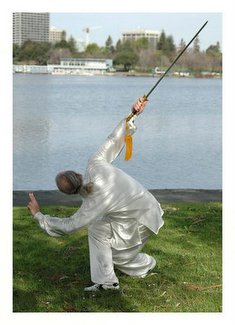Cross-posted at God Is For Suckers!
 "If you look long enough into the void the void begins to look back through you." - Friedrich Nietzsche
"If you look long enough into the void the void begins to look back through you." - Friedrich Nietzsche
No doubt, if you've been around the blogosphere long enough, you'll eventually hear that hoary old chestnut - "You believe in nothing." This is oftentimes followed by some trite vanilla monologue about how them thar nasty ole ay-thee-ists shore do make a big noise about sumpin' they don't be-LIEVE in, ow-huh! The inferred accusations are three-fold: A. if we don't believe in 'anything', why say anything at all, which becomes a twisted allegorical nod to on high, all in the speaker's own subjective opinion, and B. Please, become a casual secularist, stop talking about it, you're making me extremely uncomfortable, or C. Gee, you're so full of anger and hatred, who made you like this?
Fact is, I believe in humanity, I don't worship my species, thanks much for putting words in my mouth (PTUI!), I don't really worship myself (very much: obviously, I love the sound of my own voice, or I'd be that silent 'casual secularist' the religious loonies so yearn for), and I really don't want the world blown to bits over a few scraps of parchment found in a desert.
Now that the nutshell epistemology is over and done with, I present to you (with tongue firmly ensconced in cheek), that 'nothing' we're credited with 'worshiping':
Great 'cosmic nothingness' found
Astronomers have found an enormous void in space that measures nearly a billion light-years across.
It is empty of both normal matter - such as galaxies and stars - and the mysterious "dark matter" that cannot be seen directly with telescopes.
The "hole" is located in the direction of the Eridanus constellation and has been identified in data from a survey of the sky made at radio wavelengths.
Previous sky surveys that have traced the large-scale structure of the nearby Universe have long shown, for example, how the clustering of galaxies is strung into vast filaments and sheets that are separated by great gaps.
But the void discovered by a University of Minnesota team is about 1,000 times the volume of what would be expected in typical cosmic gaps.
"It's hard even for astronomers to picture how big these things are," conceded Minnesota's Professor Lawrence Rudnick.
"If you were to travel at the speed of light, it would take you several years to get to the nearest stars in our own Milky Way galaxy; but if you were to go to this hole and enter one side, you'd have to travel for a billion years before you would get to the other side," he told BBC News.
The void is roughly 6-10 billion light-years away and takes a sizeable chunk out of the visible Universe in its direction.
Wow, so astronomers have found the Rub al Khali among the stars - bereft of all things. A hole in the heart of the universe. A large maw of absolutely nothing.
It beggars the imagination (mine, at least) - a void so vast, composed of an abstract of zero. Wrap your minds around that one, and get back to me.
This is the Apostate, signing off.














No comments:
Post a Comment